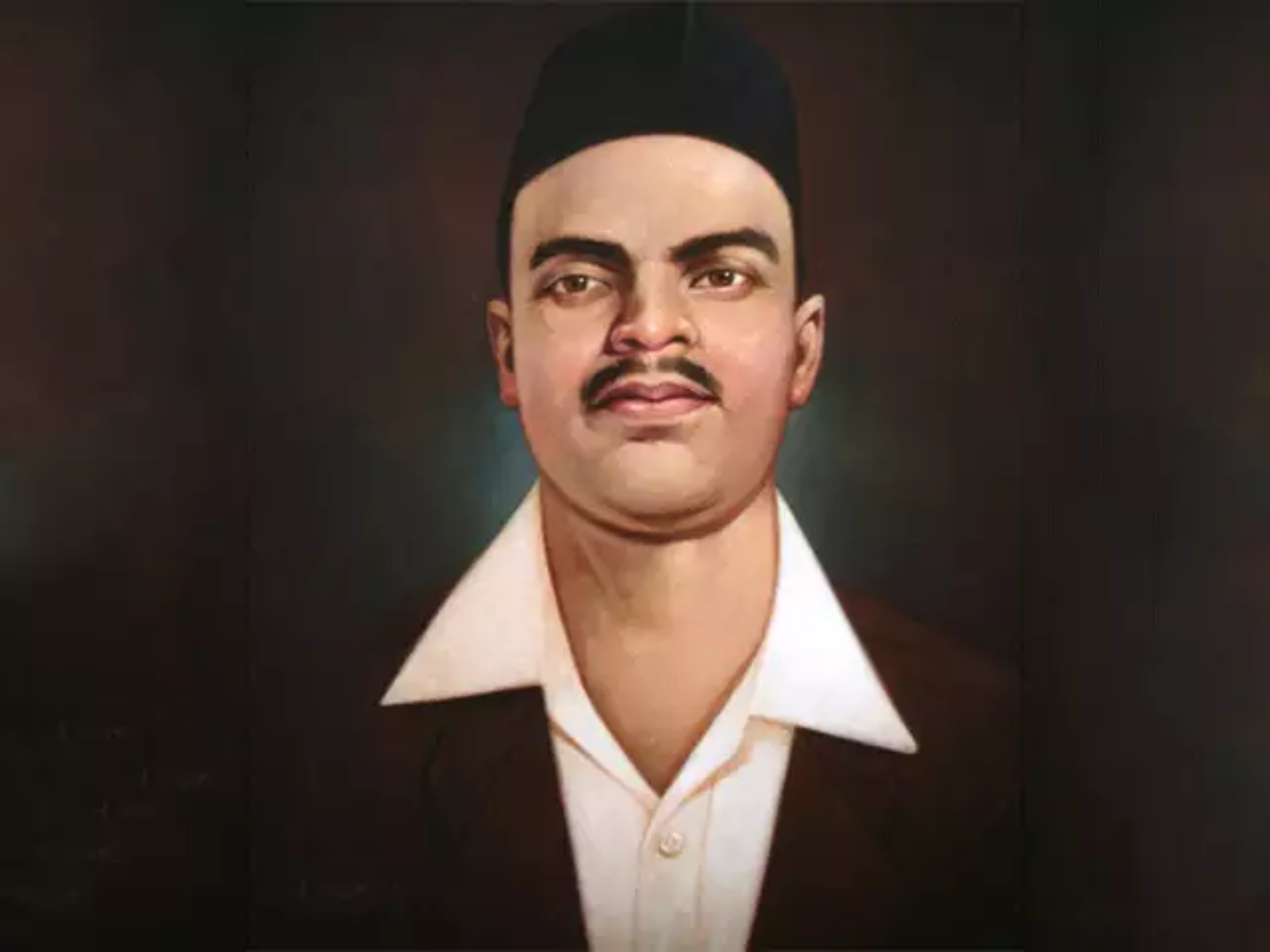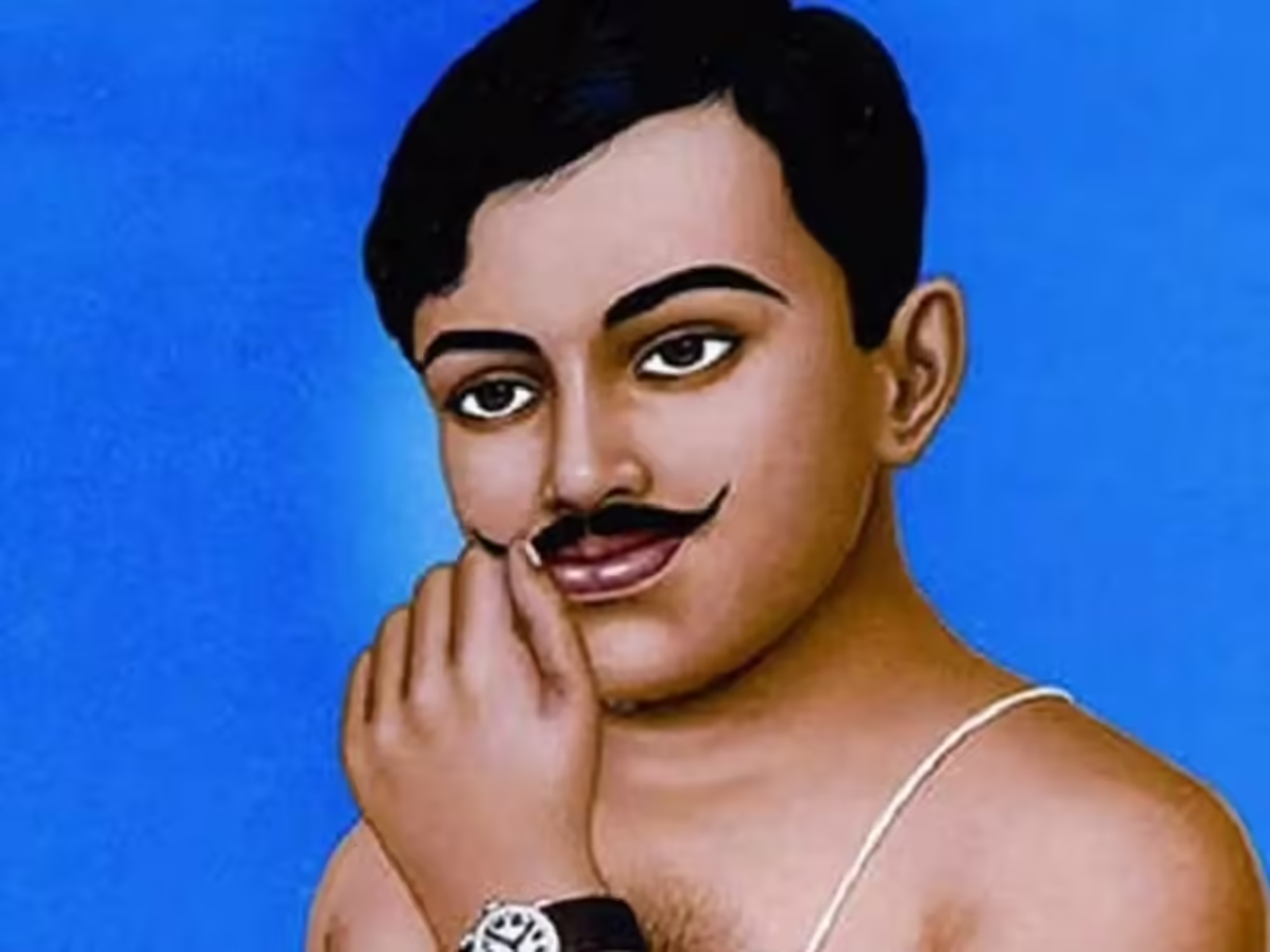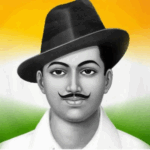Now Reading: Sukhdev Thapar
-
01
Sukhdev Thapar
Sukhdev Thapar

Sukhdev Thapar: The Intellectual Revolutionary of India
Introduction
India’s freedom struggle is marked by countless brave souls who sacrificed their lives for the nation’s independence. Among them, Sukhdev Thapar stands out not just as a fearless revolutionary but as a thinker, organiser, and unifying influence in the movement. His story is a testament to youthful conviction and the power of ideas in igniting lasting change.
Early Life and Inspiration
Birth and Background
Born on 15 May 1907 in the Naughara area of Ludhiana, Punjab, Sukhdev Thapar lost his father, Ramlal Thapar, early in life. Raised by his uncle, Lala Achintram, he grew up with stories of resistance and patriotism.
Education and Defiance
Even as a schoolboy, Sukhdev’s spirit of resistance emerged. Refusing to salute visiting British officers, he displayed early courage. Later, at National College in Lahore, he immersed himself in discussions about global revolutions—including the Russian and French—and began forming study groups with like-minded peers.
Joining the Revolutionary Movement
Early Associations
By the mid-1920s, Sukhdev had become actively involved in revolutionary organisations. He was a member of Naujawan Bharat Sabha and soon rose to become the chief of the Punjab unit of the Hindustan Socialist Republican Association (HSRA).
Ideological Influence
Inspired by socialist and anti-colonial philosophies, Sukhdev championed youth education and political awareness across Punjab. His powerful speeches and leadership helped unite young revolutionaries.
The Lahore Conspiracy Case
Context and Motive
In 1928, protests erupted across India against the Simon Commission. Lala Lajpat Rai, a revered leader, succumbed to injuries sustained during a police baton charge. Seeking justice, Sukhdev, along with Bhagat Singh and Shivaram Rajguru, decided to avenge Rai’s death.
The Assassination of J.P. Saunders
On 17 December 1928, Bhagat Singh and Rajguru mistakenly shot Assistant Superintendent J.P. Saunders, believing he was responsible. Sukhdev was deeply involved in planning and coordination.
Assembly Bombing and Arrest
In April 1929, Bhagat Singh and Batukeshwar Dutt bombed the Central Assembly in Delhi to protest British rule, purposefully avoiding casualties. They were arrested immediately, and this action led to the Lahore Conspiracy Case, in which Sukhdev was named “Accused No. 1”.
Jail, Hunger Strike, and Execution
Political Prisoner Identity
While in prison, Sukhdev and his comrades demanded recognition as political prisoners, which came with better conditions. Their hunger strike drew widespread attention.


Legal Proceedings and Condemnation
In October 1930, a Special Tribunal delivered its verdict: Sukhdev, Bhagat Singh, and Rajguru were sentenced to death. The decision sparked national outrage. 4.3 Martyrdom and Mourning
On 23 March 1931, Sukhdev and his comrades were hanged at Lahore Central Jail. Their bodies were secretly cremated on the banks of the Sutlej River near Hussainiwala.
Legacy and Remembrance
At Hussainiwala, Punjab, stands the National Martyrs’ Memorial, commemorating the cremation site of Sukhdev, Bhagat Singh, and Rajguru. A daily flag-lowering ceremony at the site honours their memory.
Institutions in His Name
- Shaheed Sukhdev College of Business Studies (University of Delhi), named to inspire young minds with his ideals.
- Amar Shaheed Sukhdev Thapar Interstate Bus Terminal in Ludhiana, ensuring his name travels across India.
Martyrs’ Day
Every year on 23 March, Martyrs’ Day (Shaheed Diwas) is observed nationwide to remember their ultimate sacrifice.
Intellectual Reverence
Sukhdev’s reputation as an organiser and leader persists among historians and scholars. He played a central role in expanding the revolutionary network across northern India.
Conclusion
Sukhdev Thapar’s story is both inspiring and humbling. A thoughtful organiser as well as a man of ideas, he galvanised youth and marched toward the ultimate sacrifice. His memory lives on in memorials, institutions, and the continued reverence of a grateful nation. By embedding this page with compelling content, meaningful internal links, and a respectful tone, shradhanjali.com honours his legacy while inviting readers to discover deeper layers of India’s rich freedom struggle.






